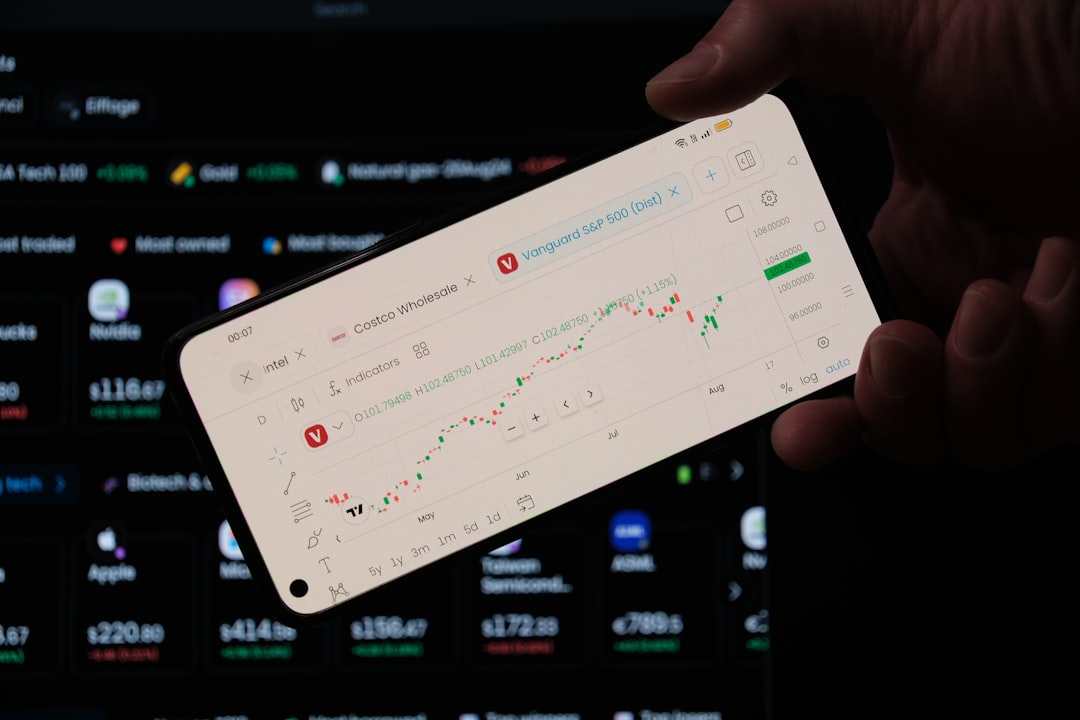In today’s hyper-connected digital marketplace, online reviews play a critical role in shaping consumer behavior and business reputation. As we step into 2025, managing reviews effectively across key platforms such as Google, Trustpilot, and Site Reviews is not just a nice-to-have—it’s a core component of any business strategy. With new technologies, updated guidelines, and heightened consumer expectations, businesses are being challenged to elevate the way they collect, analyze, and respond to reviews.
Why Review Management Matters More Than Ever
Review management in 2025 is much more than responding to the occasional comment. It’s about cultivating trust, enhancing SEO, and driving growth. Recent studies indicate that nearly 96% of consumers read reviews before making a purchase and that 84% trust online reviews as much as personal recommendations.
With the introduction of AI tools and machine learning analytics, businesses now have opportunities to not only monitor reputation but also proactively address issues before they escalate. When done correctly, review management can act as a feedback loop for continuous product improvement, ensure high customer retention, and significantly boost conversion rates.

Google Reviews: The Cornerstone of Local SEO
In 2025, Google Reviews remains the most influential platform for reputation management, particularly for local businesses. Google surfaces reviews directly in search results and Google Maps, meaning your ratings can significantly influence a potential customer’s first impression—even before they click through to your website.
Key Advantages of Google Reviews:
- Higher visibility in search
- Improved SEO rankings due to review freshness and diversity
- Rich snippets in local pack listings
- Trust factor due to Google’s strong brand authority
In 2025, a newer feature called “Google Verified Customer Reviews” has been rolled out, only allowing customers who have completed a transaction through a linked Google account to submit a review. This helps eliminate fake reviews and build authenticity.
Trustpilot: Managing One of the Most Transparent Ecosystems
Trustpilot remains a cornerstone platform for B2B and eCommerce businesses. Known for its transparent review process and strict content moderation, Trustpilot helps consumers make well-informed decisions. In fact, in 2025, its AI-powered fraud detection tools are leading the industry in review authenticity.

What Sets Trustpilot Apart?
- Open platform — Anyone can leave a review, increasing volume
- AI algorithms that detect counterfeit or paid reviews
- Dedicated consumer protection frameworks
- Premium widgets for integrating reviews into your site
What’s new in 2025 is the introduction of Trustpilot Connect, a feature that aggregates customer feedback across multiple touchpoints, including chatbots, CRM systems, and email marketing platforms. This gives businesses a holistic view of user sentiment in real time.
Site Reviews: The Smart Choice for On-Site Control
Unlike third-party platforms, Site Reviews are handled directly on your business website. This gives brands complete control over the design, structure, and moderation of user-generated reviews. In 2025, it’s widely used in combination with schema markup to improve SERP presence.
The advantage of using Site Reviews lies in its customizability. You can decide:
- How and where reviews are displayed
- Moderation before publication
- Integration with other marketing assets
New in 2025 are AI moderation tools that not only detect inappropriate content but also flag potentially fake reviews based on language patterns or account history. This automation allows brands to maintain authenticity without manual inefficiencies.
Best Practices for Review Management in 2025
With the major players continuing to advance their platforms, businesses must adopt best-in-class methods to stay competitive. These include:
- Solicit Reviews Proactively: Ask customers for feedback shortly after purchase or service execution through automated email sequences or SMS alerts.
- Respond Promptly: Use AI-based inboxes to handle routine review replies and escalate critical ones to humans.
- Monitor Across Platforms: Centralized dashboards now allow businesses to monitor Google, Trustpilot, Site Reviews, and social mentions in one place.
- Use Data Analytics: Employ sentiment analysis to identify recurring issues and product areas of excellence.
- Highlight Reviews in Marketing: Share positive reviews in email campaigns, landing pages, and paid ads.

The Impact of AI in Review Management
One of the biggest shifts in 2025 is the widespread adoption of artificial intelligence to automate and strengthen the review management process. Tools can now categorize reviews by sentiment, identify spam or fake reviews, and even draft appropriate responses that can be manually verified before publishing.
AI tools also help predict the likelihood of a user leaving a review based on their behavior, allowing businesses to optimize when and how to request feedback. Predictive analytics and recommendation engines increasingly suggest content for marketing, based on the most frequent terms customers use in reviews—turning organic feedback into valuable brand messaging.
Legal and Ethical Considerations in 2025
Authenticity is no longer just a best practice—it’s now tightly regulated. In certain markets, fake reviews can lead to legal penalties. Major platforms, especially Google and Trustpilot, have updated their policies and technologies to detect manipulation proactively.
What to avoid:
- Incentivizing reviews without disclosure
- Selectively publishing only positive feedback
- Review gating practices
- Publishing false testimonials
Ethical review management has become both a trust signal and a compliance issue. Businesses must maintain transparency and authenticity to build long-term customer relationships and avoid reputational damage.
Conclusion
As we move through 2025, effective review management is becoming more sophisticated and critical to business success. With tools from Google, Trustpilot, and on-site platforms, companies now have unprecedented control and insight into their online reputations. By leveraging AI, adhering to new transparency laws, and integrating insights into broader marketing efforts, businesses can turn their reviews into powerful engines of growth.
FAQs about Review Management 2025
- Q: How has Google Reviews changed in 2025?
A: Google introduced “Verified Customer Reviews” to ensure authenticity and reduce spam, giving more credibility to its platform. - Q: Is it still worth using Trustpilot if you’re a small business?
A: Absolutely. Trustpilot offers scalable tools and new integrations like Trustpilot Connect that make it ideal for small to mid-sized operations. - Q: Can I legally remove negative reviews?
A: Only if the review violates platform guidelines (e.g., hate speech, false claims). You can’t remove reviews just because they’re unfavorable. - Q: What role does AI play in review management?
A: AI handles sentiment analysis, spam detection, and automated responses, making the process more efficient and insightful. - Q: Which platform is best for B2B companies?
A: Trustpilot is often preferred due to its transparency, comprehensive dashboards, and reputation among enterprise buyers.


































